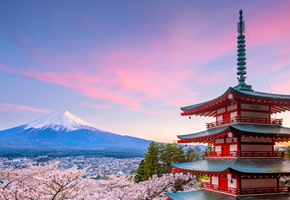
Best Holiday Destinations for 2025
26/12/2024 · By Ian Holt
To inspire your travels, Great Rail Journeys reveals our Top 10 best holiday destinations and expert tips for 2025, from luxury trains to hidden gems.
Read moreCusco is a city of true beauty, which is regarded as the 'Archaeological Capital of the Americas', with a delightful blend of indigenous and colonial Spanish architecture. One of the most impressive architectural attractions are the incredible Inca walls, created from enormous granite blocks that were carved to fit together perfectly without the aid of mortar beds. Many of the walls were simply built upon during the construction of a new Spanish city. It's a lasting tribute to the ingenuity of the Incas that their anti-seismic design has survived the test of time, especially when compared to the Spanish colonial architecture that has been rebuilt several times following a wave of earthquakes that have hit the city.
The city's fascinating history dates back to 1200AD and the first Inca ruler, Manco Capac. Cusco expanded greatly during the 15th century under the rule of the greatest Inca, Pachacutec, who led a drive that spread the boundaries of the Inca Empire as far south as Chile and Argentina, and north to include Ecuador and Columbia. This rapid expansion was halted by the arrival of the Spanish Conquistadors, led by Francisco Pizarro who, following the murder of the Inca Atahaulpa in Cajamarca, marched into Cusco in 1534 and claimed it for King Charles V. This invasion opened the gates to a cultural mix that has left its imprint on every aspect of Peruvian culture, and especially in Cusco. One of the first things you will notice in Cusco is the thin air; the city is located at an altitude of 3,360 metres above sea level. It is best to spend the first few hours in the city resting and getting used to the lower oxygen content of the atmosphere.
Find out more with a free brochure and enjoy weekly travel inspiration and offers in our e-newsletter.
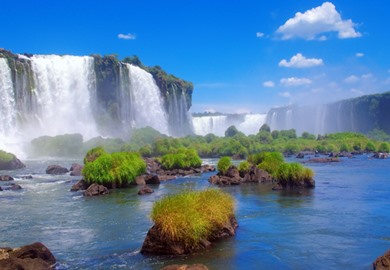
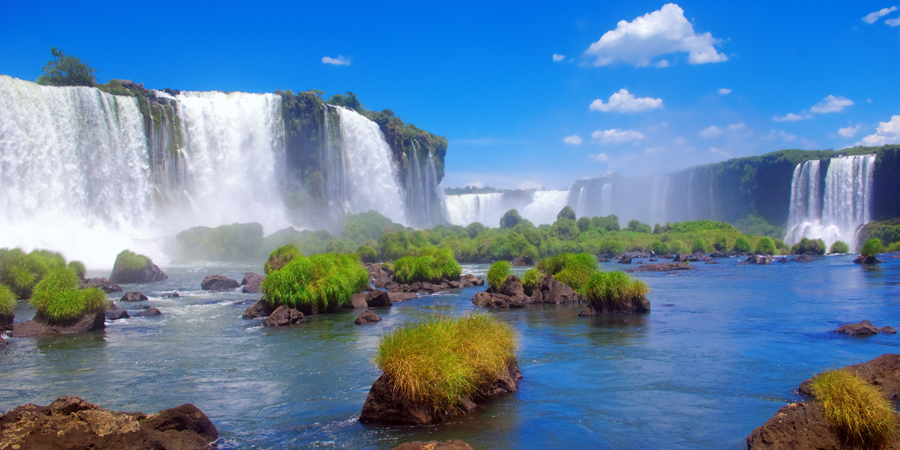
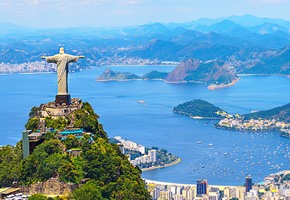
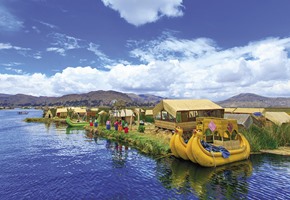
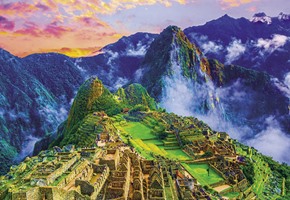
 (9 reviews)
(9 reviews)Experience a once-in-a-lifetime tour of South America's impressive cities, astonishing natural wonders and ancient treasures. From the fascinating Peruvian capital of Lima, enter the magical Sacred Valley and visit the iconic 'Lost City' of Machu Picchu in its breathtaking location amid emerald-green hills, floating mist and soaring peaks. ...

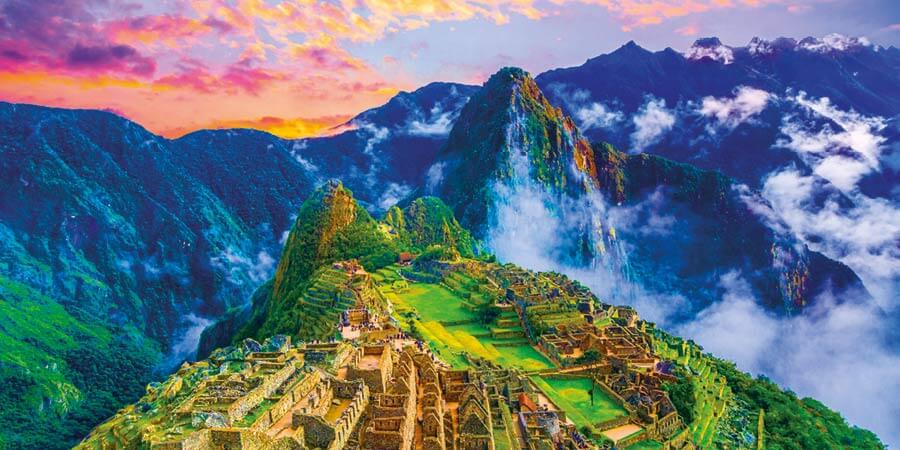
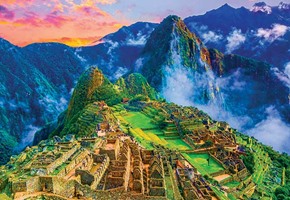
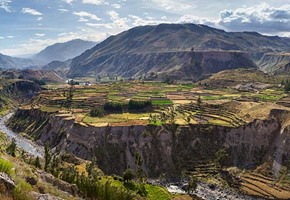
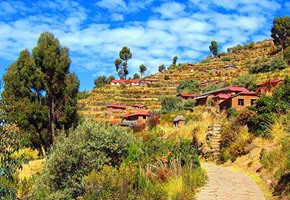
 (21 reviews)
(21 reviews)Encounter mysterious Machu Picchu and the gleaming treasures of the Andes on this extraordinary South American adventure. Uncover Lima, Peru's colourful and historic capital, and the shimmering 'White City' of Arequipa before heading high into the Andes to the breathtaking Colca Canyon, where majestic condors soar. Sail to the fascinating...

